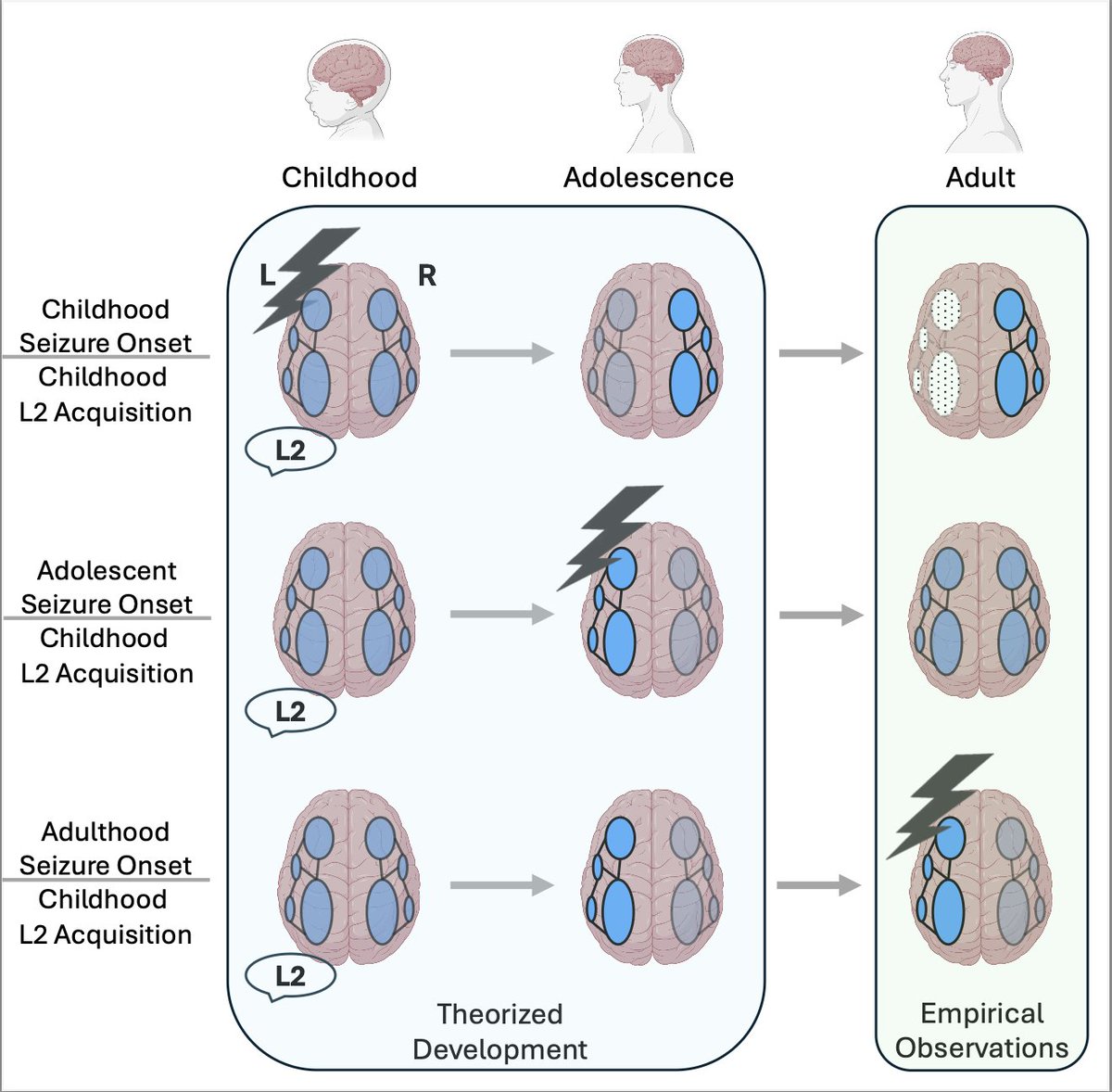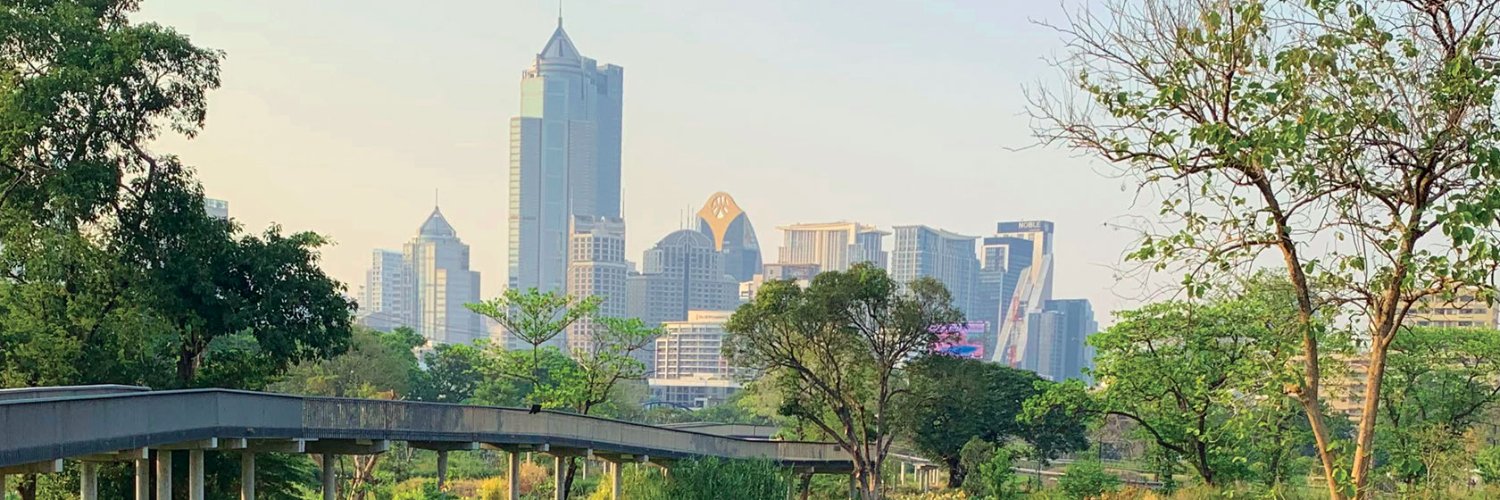
PNASNews
@PNASNews
Cutting-edge news & reports from PNAS, one of the world's most-cited scientific journals, sibling journal of @PNASNexus & an official journal of @theNASciences.
In this issue: Late Triassic vertebrate community in equatorial Pangaea, intensification of nor’easters in a warming world, and nonlinearity in physical reservoir computing. In PNAS: ow.ly/BYCl50Wu249

Wildfire activity worldwide was higher in 2023 and 2024 than in any year since monitoring began in 2001. Tropical forests are seeing particularly high rates of forest loss. Some forest systems may be approaching tipping points of ecosystem change. In PNAS: ow.ly/wLHe50Wvozb
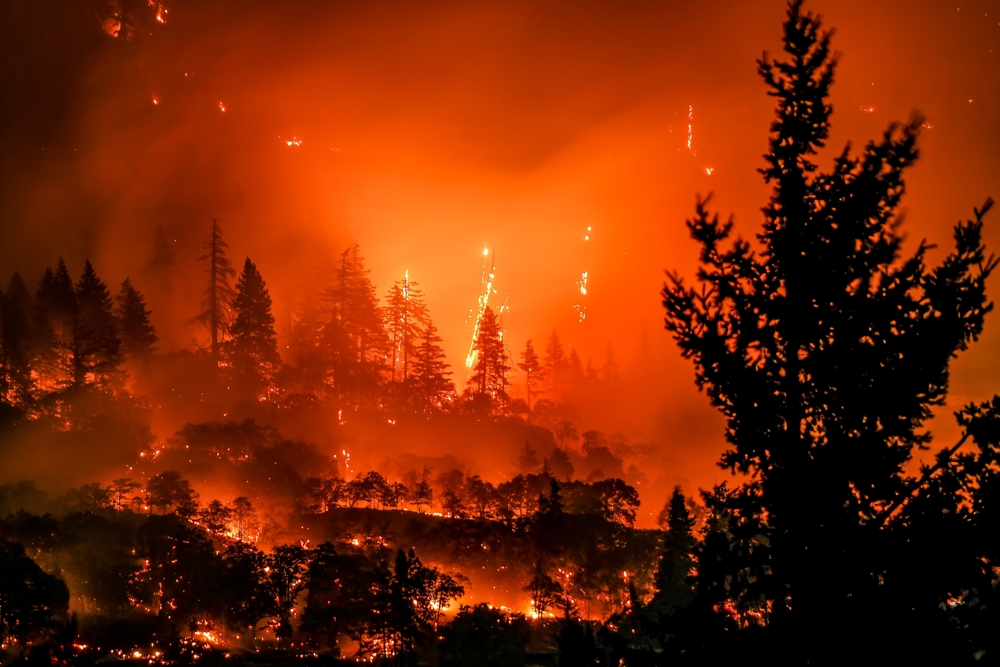
Opinion piece: Current incentives for #CarbonCapture and storage in the United States are insufficient. Here’s how we do better. In PNAS: ow.ly/8aaJ50Wu3x0 #CCS #ClimateChange #NetZero #TaxCredit #decarbonization #GreenhouseGasEmissions #CO2Emissions

A study finds signs of oxidative stress in blood lymphocytes of 27 myalgic encephalomyelitis/chronic fatigue syndrome (ME/CFS) patients and 20 Long COVID patients, suggesting common mechanistic underpinnings of ME/CFS and Long COVID. In PNAS: ow.ly/cFhV50WrtBg
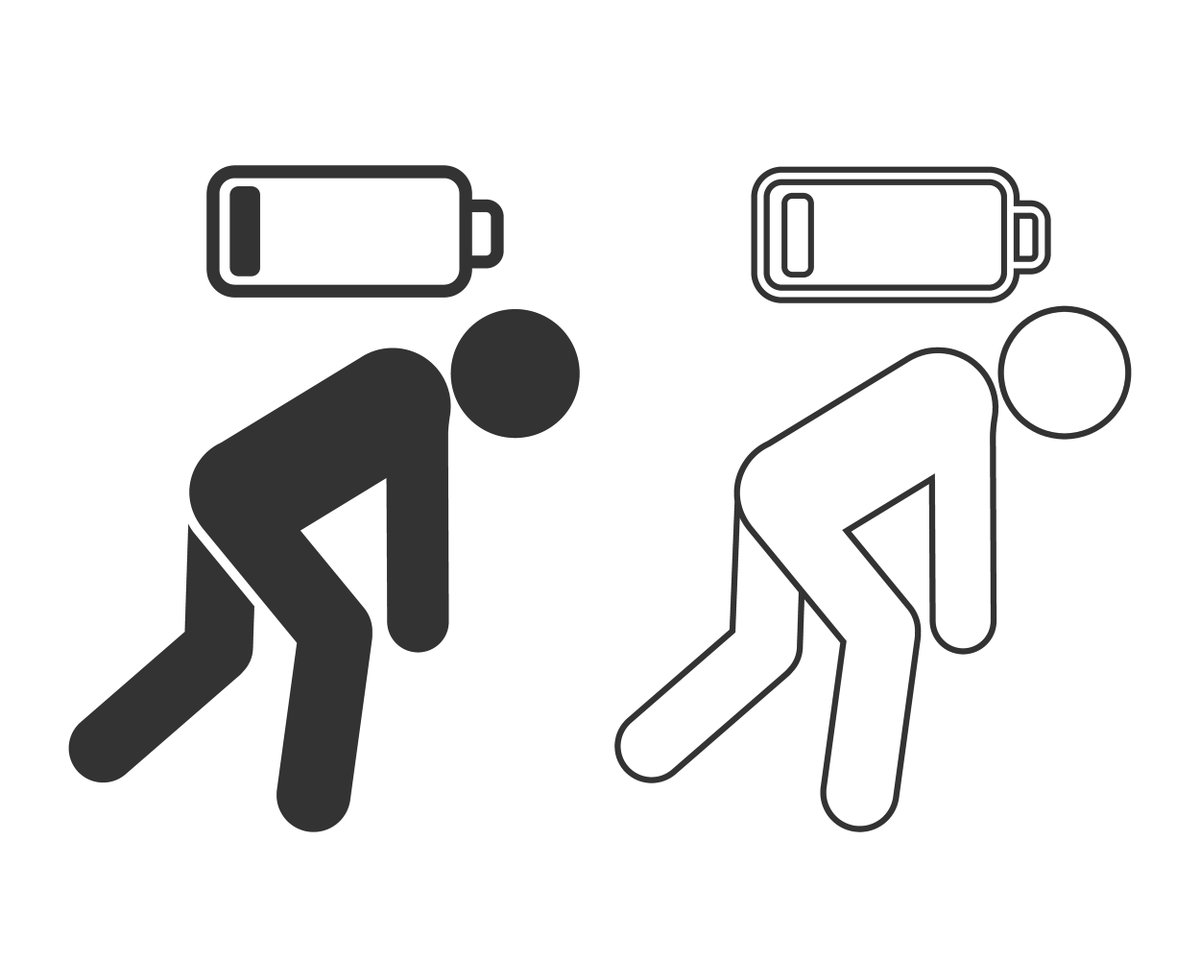
Could #NoncodingRNA shape more than moths and butterflies? New research links it to #evolution and #speciation—raising questions about its role in #HumanCognition and beyond. A PNAS Inner Workings: ow.ly/MVt350Wvn30 #microRNA #LongNoncodingRNA #NewVoices @NewVoicesNASEM
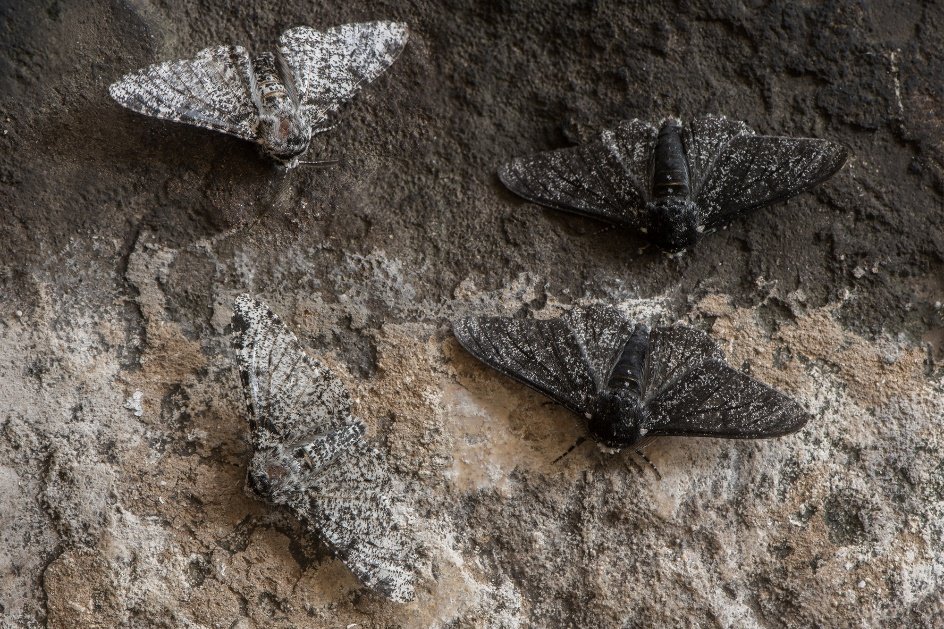
Many Europeans had the dark skin and eyes of their African ancestors well into the Bronze and Iron ages, according to estimates of genotype likelihoods for 348 ancient genomes from Eurasia. In PNAS: ow.ly/oU9R50WvoAG
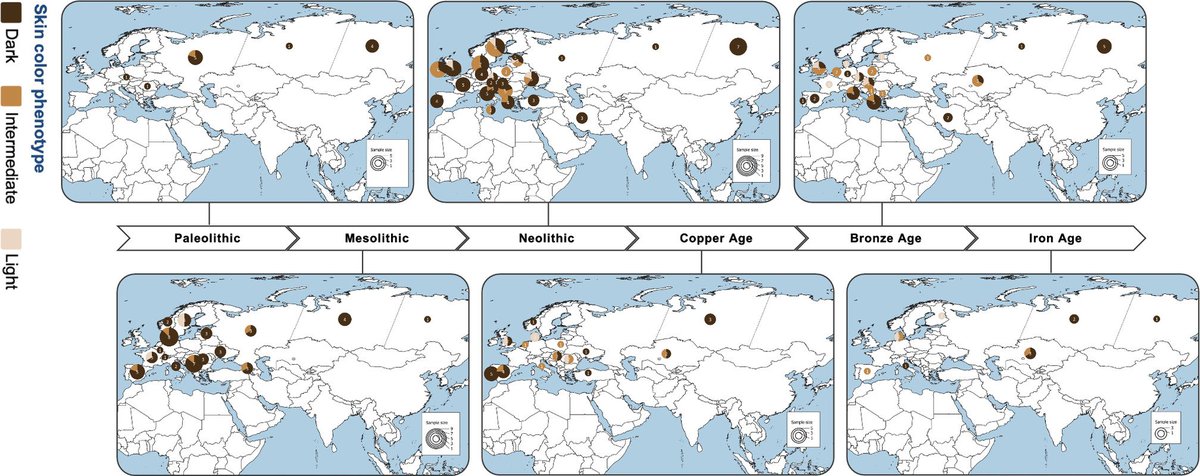
A trending PNAS article in the last week is “Optimistic people are all alike: Shared neural representations supporting episodic future thinking among optimistic individuals.” Explore now: ow.ly/qWme50WvnSg For more trending articles, visit ow.ly/nNk550WvnSf.
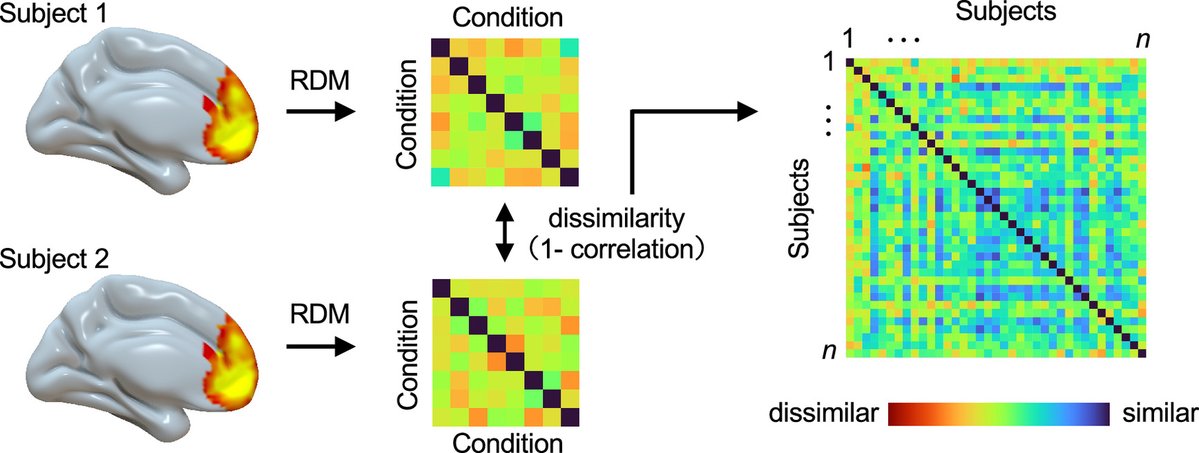
Applications are open for the 2026–2028 #NewVoices Cohort! Mid-career SEM leaders: join @theNASEM’s network driving change on national & global issues. 📅 Apply by Sept 3, 2025 🔗 Learn more: ow.ly/HMAm50WvmHB #scipol #nasem @NewVoicesNASEM
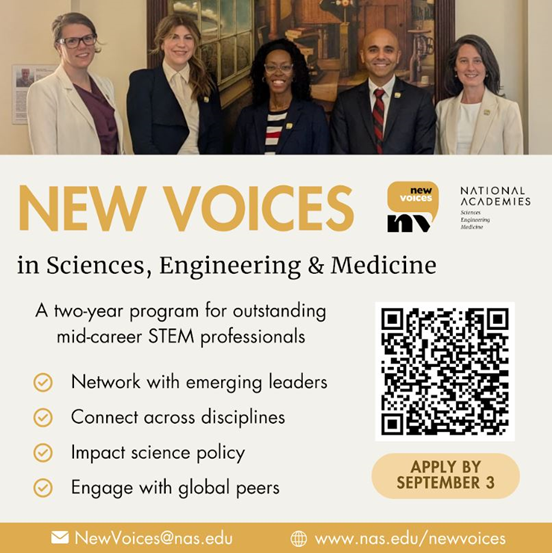
PK Mem dyes were designed as a gentle alternative to time-lapse fluorescence imaging of cellular plasma membranes. The dyes are less phototoxic and more photostable than existing plasma membrane dyes. In PNAS: ow.ly/UClT50WuOxj
One of the most-viewed PNAS articles in the last week is “Energy expenditure and obesity across the economic spectrum.” Explore the article here: ow.ly/utv750WuO3x For more trending articles, visit ow.ly/boza50WuO3q.
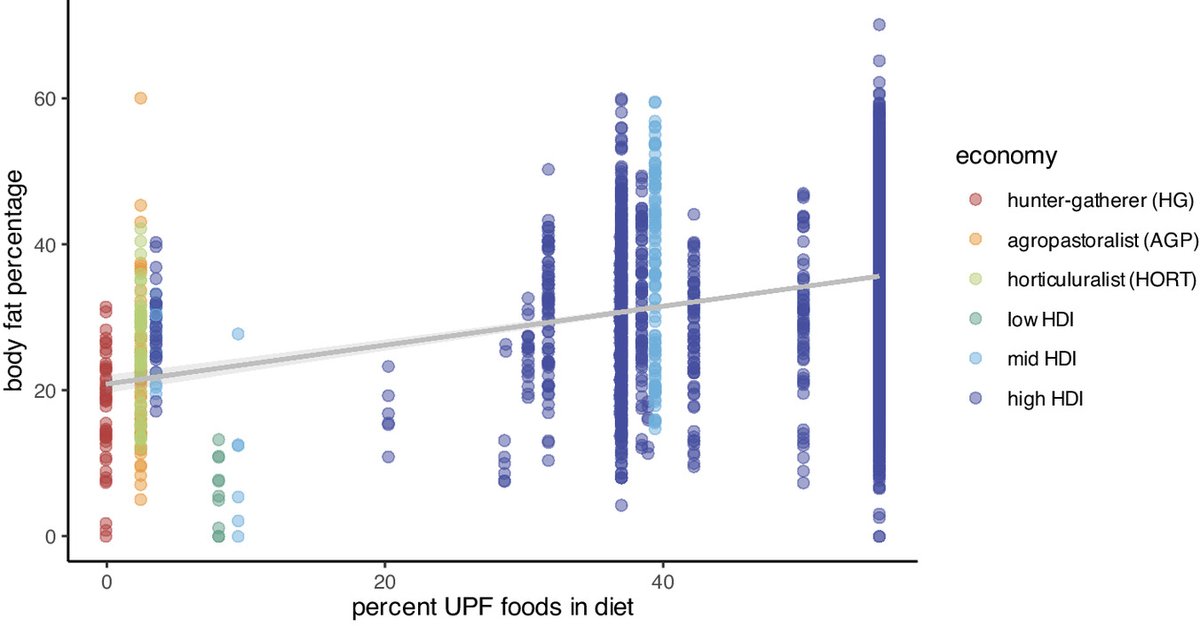
Brain scans of optimists show striking similarities when imagining the future—unlike pessimists, whose scans vary widely. The finding echoes Anna Karenina: “All happy families are alike…” In PNAS: ow.ly/TFTx50WuORt

Core Concept: What is implementation science? It’s the study of how to put proven healthcare interventions into practice. Learn how this growing field is closing the gap between research and real-world care in this PNAS article: ow.ly/K0iH50WuOkC

What’s the best way to protect endangered rhinos from inbreeding? A new Science Sessions episode explores research suggesting natural dispersal—rather than costly translocation—may better support genetic health in the eastern black rhinoceros. Listen now: ow.ly/98U250WuOb9
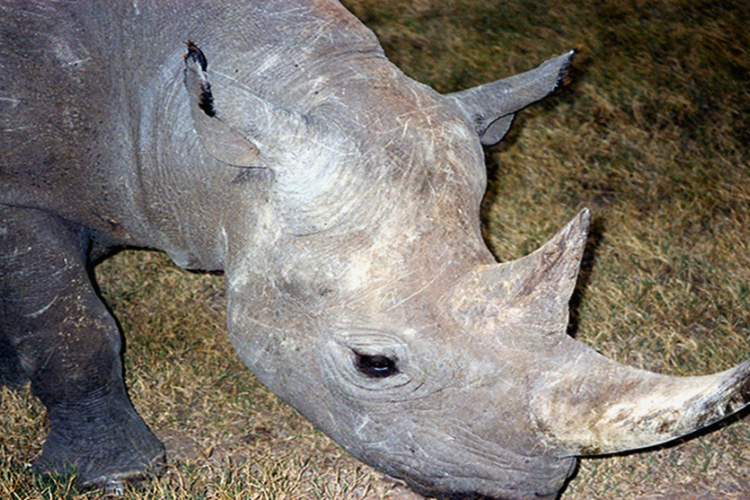
High-throughput mass spectrometry characterizes A-series chemical warfare agents, known as Novichoks, which have been used in recent high-profile attempted assassinations. The work can inform the discovery of countermeasures. In PNAS: ow.ly/RUAg50Wu4z7

Remembering Ralph Holloway (1935–2025), a pioneering paleoneurologist whose work, from latex endocasts to 3D modeling, continues to shape how we study the human brain. Read the PNAS Retrospective: ow.ly/poZa50Wu7Uu
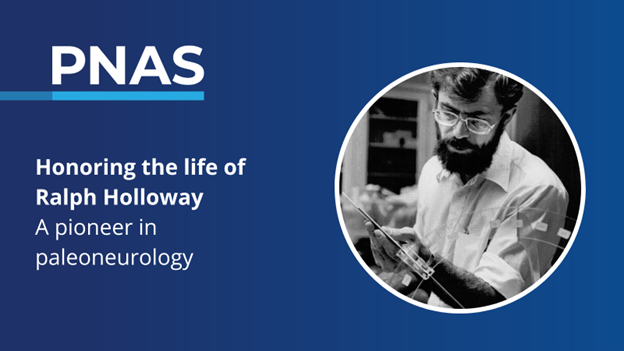
How do social rules form? In a study, a fictional tale about poisonous berries was passed along through five waves of participants. Gradually, a warning became a prohibition—showing how mild advice can evolve into moral norms. In PNAS: ow.ly/PHTO50Wu45m
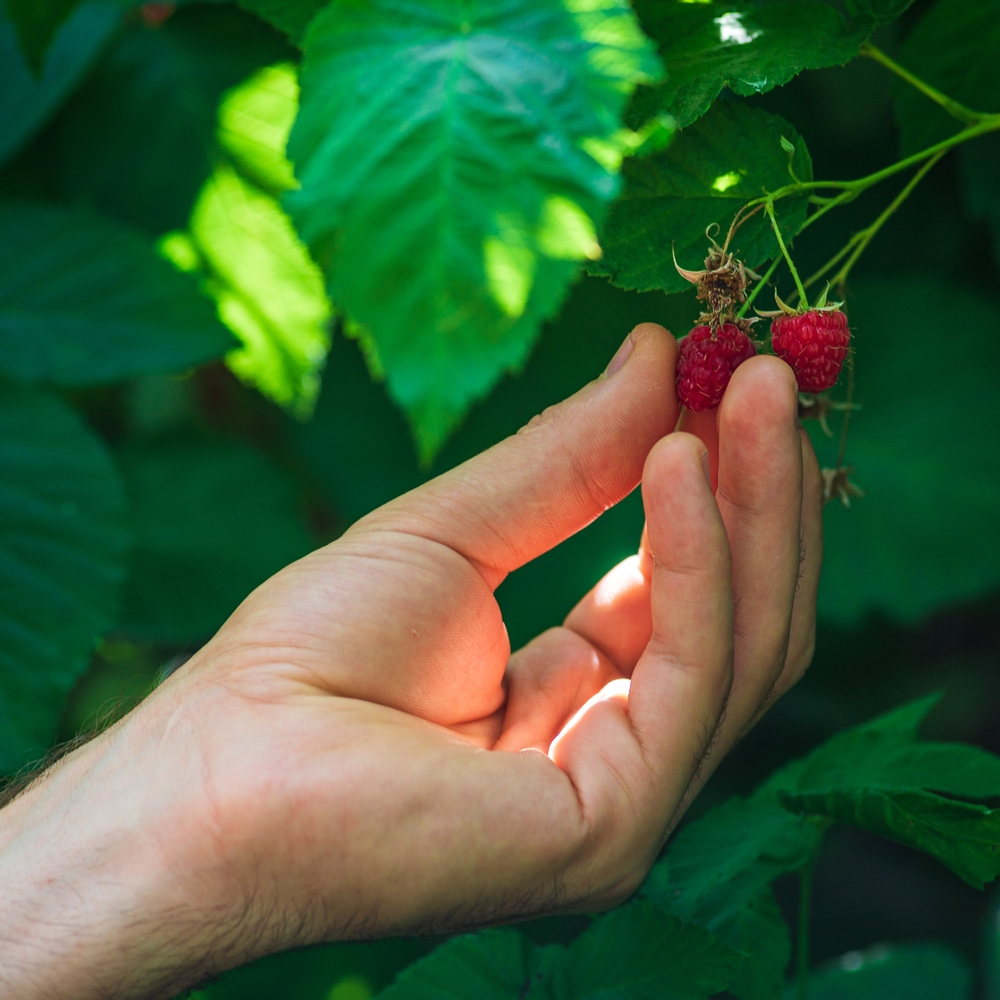
Sediments in Lake Bourget, France, record three major soil erosion events in the European Alps between 3,800 years ago and the present, all likely attributable to human agricultural activity. The study could inform agricultural policy. In PNAS: ow.ly/GBv950WrsUi
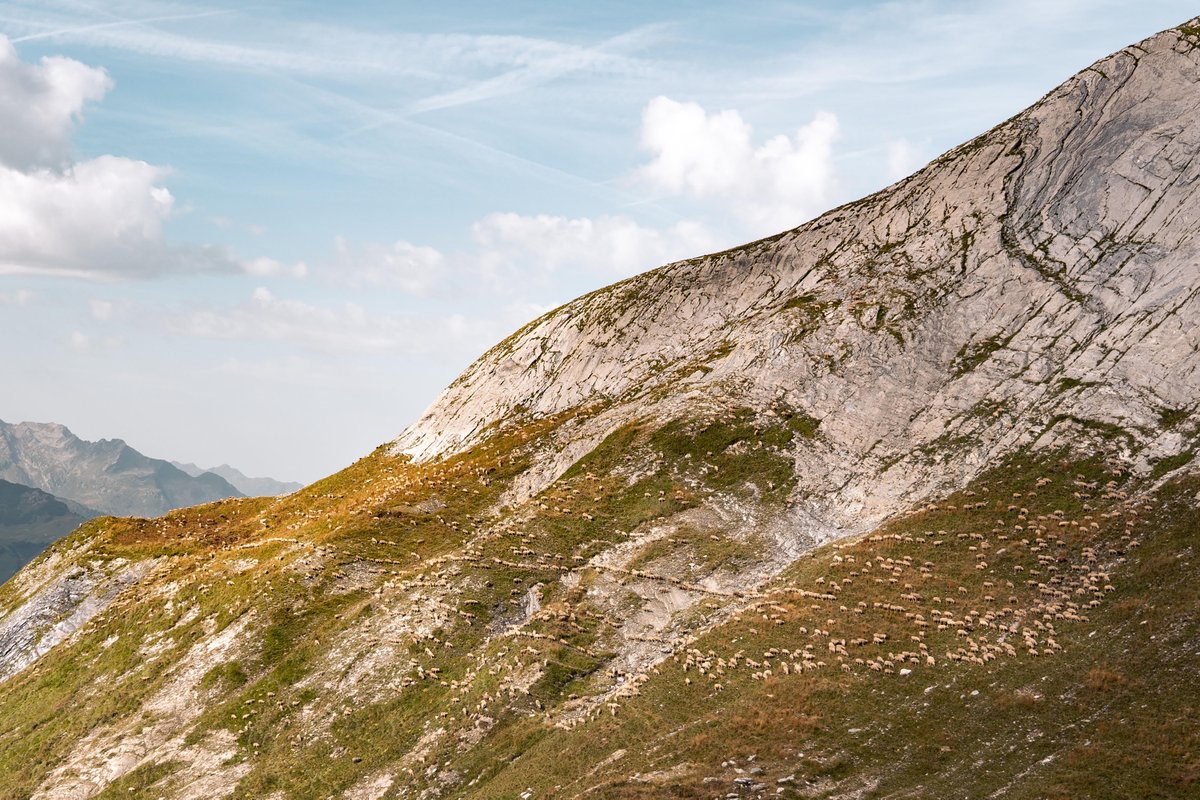
Nor’easters are getting stronger. Since 1940, the most intense East Coast storms have seen faster winds and heavier hourly rain, raising coastal storm risks as the climate warms. In @CNN: ow.ly/62Ct50WriGk In PNAS: ow.ly/Sqhj50WriGl
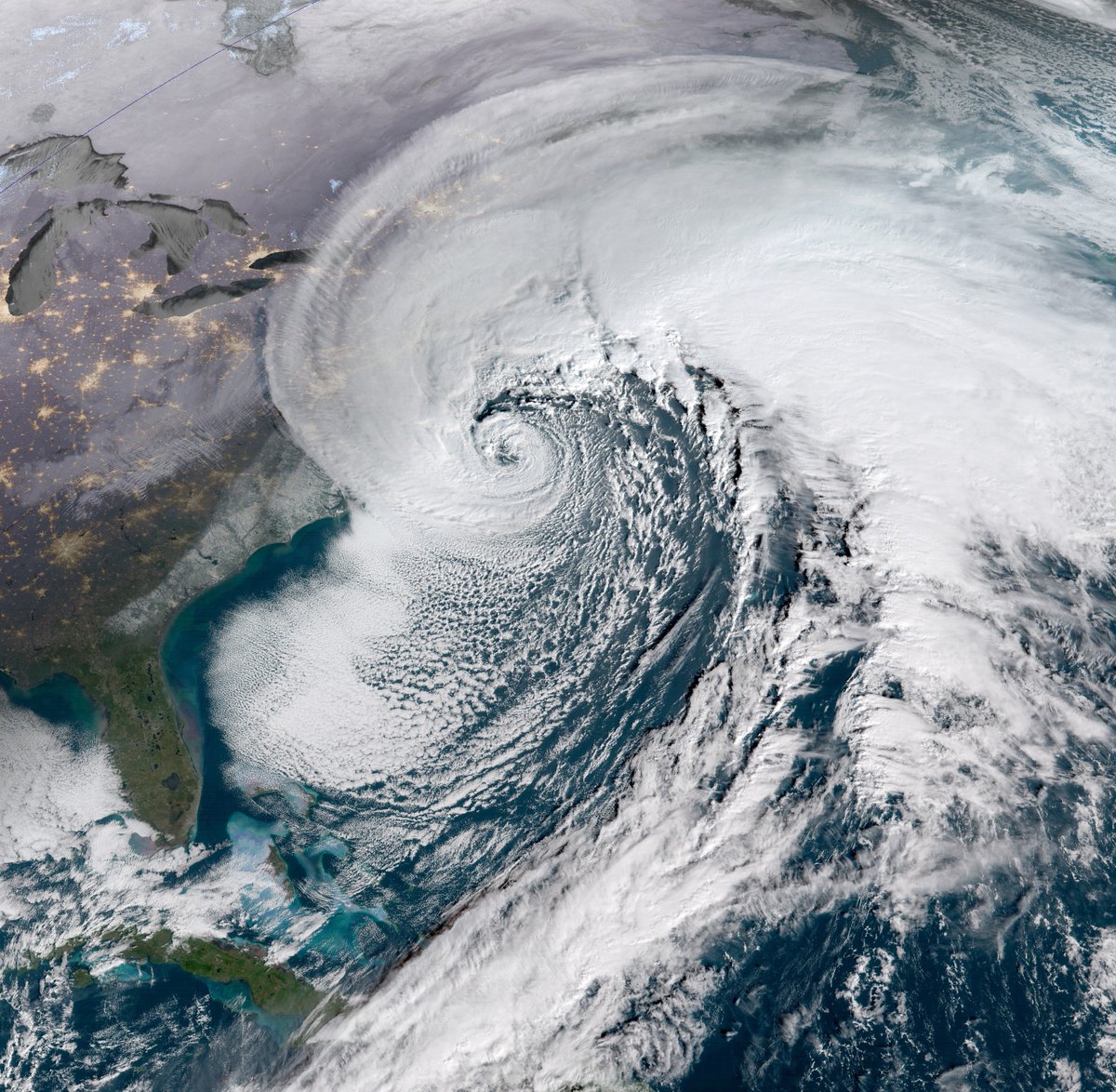
One of the most-viewed PNAS articles in the last week is “Oxidative stress is a shared characteristic of ME/CFS and Long COVID.” Explore the article here: ow.ly/j2cW50Wrt1L For more trending articles, visit ow.ly/uQLr50Wrt1M.
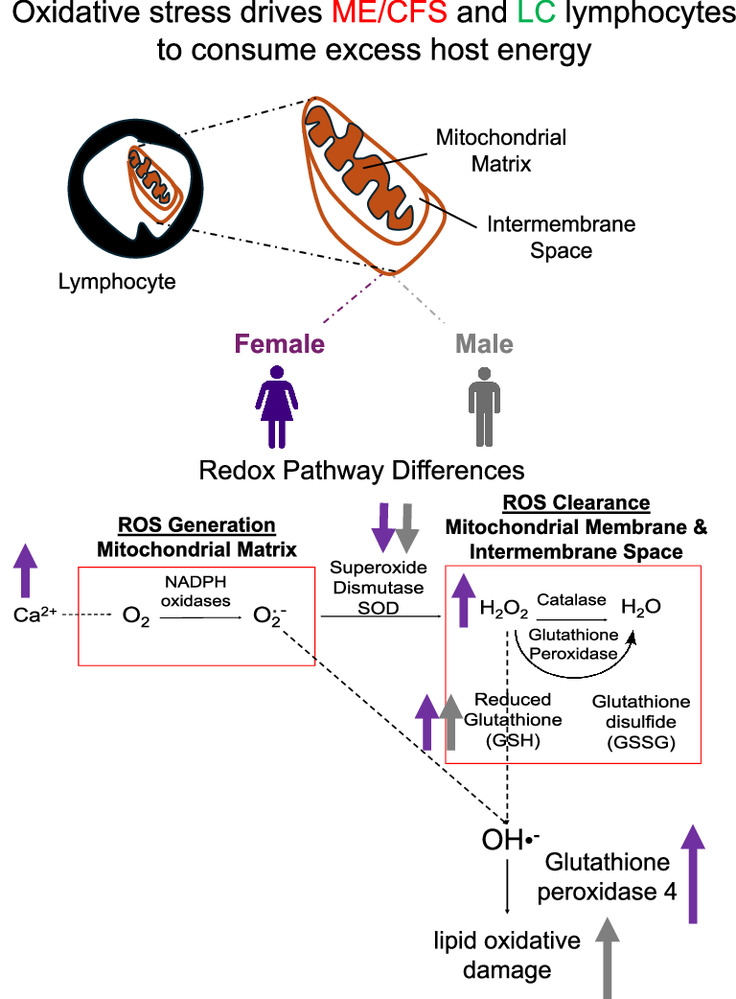
Twenty-four bilingual and 46 monolingual adults with temporal lobe epilepsy volunteered to be scanned in an MRI study. Typically, participants’ second language was associated with activity in the brain hemisphere not affected by seizures. In PNAS: ow.ly/zYQQ50Wru46
